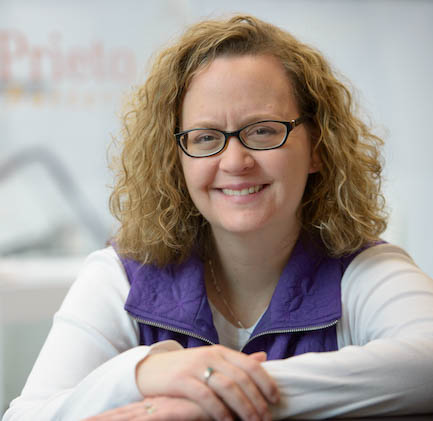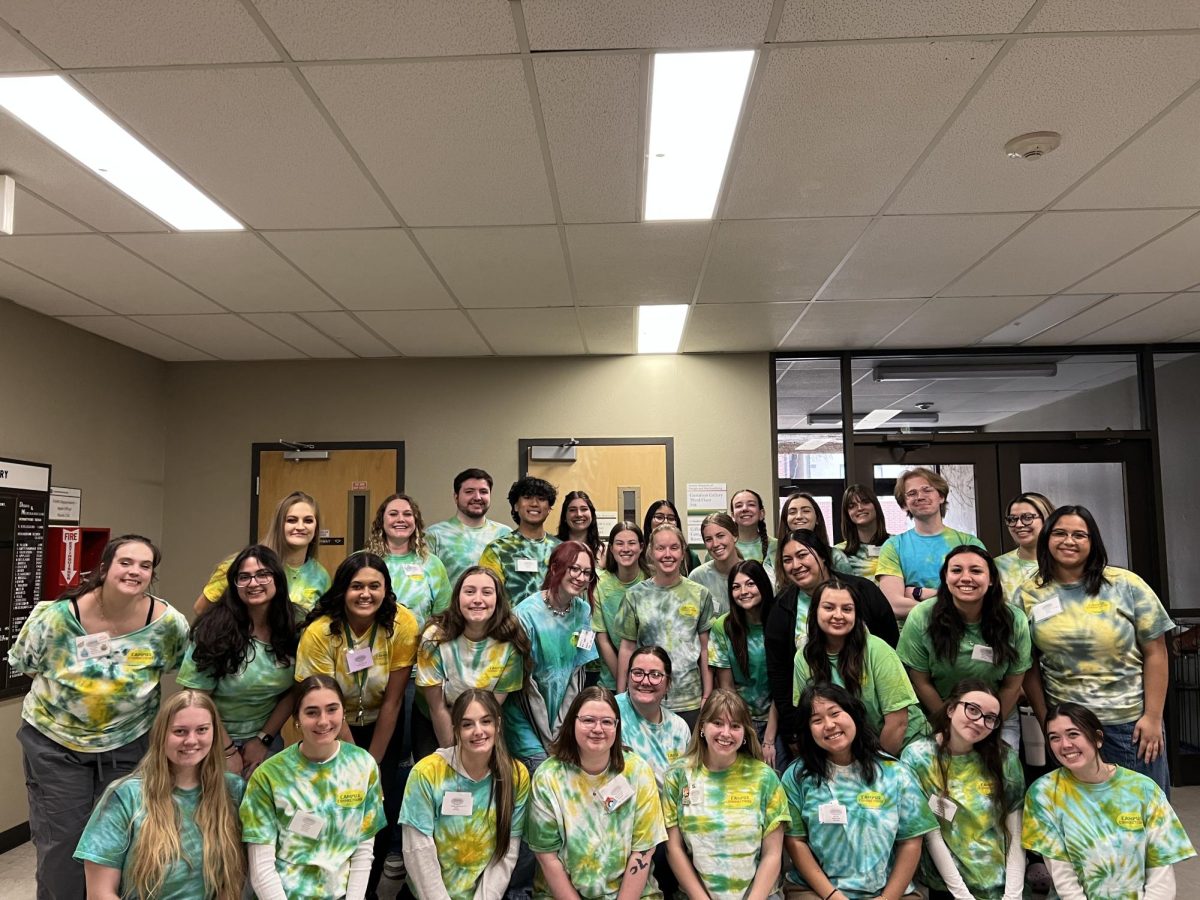
For Colorado State University associate chemistry professor Amy Prieto, chemistry is more than just research – it’s taking ideas and bringing them to life.
In addition to teaching, Prieto is the founder and CEO of Prieto Battery, a battery technology company.
Prieto’s research comes from two different angles: taking an idea that someone else has published and creating the device, or taking something that someone has created and published and improving on it. Sometimes, when research is published, not everything about what has been discovered is really understood.
“I love problems like (these),” Prieto said. “Sometimes, I look at literature papers and think, ‘If someone just made a really good sample, we could learn so much more from it.’”
The Prieto Lab at CSU studies renewable energy and energy storage through research and Prieto Battery, which is the key to dissolving the environmental disasters we see today.
The Prieto Lab focuses on renewable energy and the storage of it. On the renewable energy side, members of the lab study semiconductors for solar cells in the form of nanoparticles. The reactants are injected into an organic surfactant, a substance that reduces surface tension that has been created through differences in polarity. The nanoparticles, being a thousand times smaller than the human hair, are then suspended in the solution and have the potential to be a semiconductor.
“(Dr. Prieto) is very enthusiastic and expressive,” said Rebecca Miller, a graduate student who works for Prieto. “Whenever someone comes to her with a question or idea, her face will light up, and she’ll either point you in a direction or find someone who can help you.”
Prieto is most famous for her invention of a 3-D battery architecture. According to Prieto, the main problems with lithium and sodium ion batteries is their structure, which either makes the battery have a short charge time and short lifetime, or a long lifetime and long charging time.
Prieto invented a battery architecture to make charging and battery lifetime more efficient by creating a porous structure through electroplating – the process of coating a metal, like lithium or sodium, in solution onto a surface through a reduction reaction – to maximize the surface area.
“I was thinking on how to make a really useful, cheap, and – ideally by some – environmentally friendly method,” Prieto said. “I gave my graduate students ridiculous lists (for this project), like what equipment they couldn’t use, and it came down to electroplating.”
Prieto’s work on 3-D batteries is on display in the Lemelson Center at the Smithsonian Institution, a section created by historians to document invention and innovation. Five inventors from Fort Collins were chosen to be in the exhibit in 2010, including Prieto.
With the study of gathering solar energy, the study of its storage comes into play. One way of storing energy is in hydrogen reactions, because the chemical bonds that occur between a metal and hydrogen have a high energy density. The Prieto Lab is studying an assortment of variables to understand the hydrogen reaction in this complex system.
Working on these projects, Prieto and her graduate students find satisfaction in their research and the bigger picture it applies to, as well as finding satisfaction with working with their colleagues.
“When I came into grad school, they gave us some advice to be successful in graduate school,” said Jennifer Lee, a graduate student in Prieto’s lab. “Find an advisor that you like, find research that you enjoy doing, and find a group you can tolerate. If you have two of those, you’ll be successful. I needed to have all three, and (Dr. Prieto’s) group fit all three criteria. She’s the best boss I could have asked for.”
Collegian news reporter Julia Trowbridge can be reached at news@collegian.com or on Twitter @chapin_jules.











